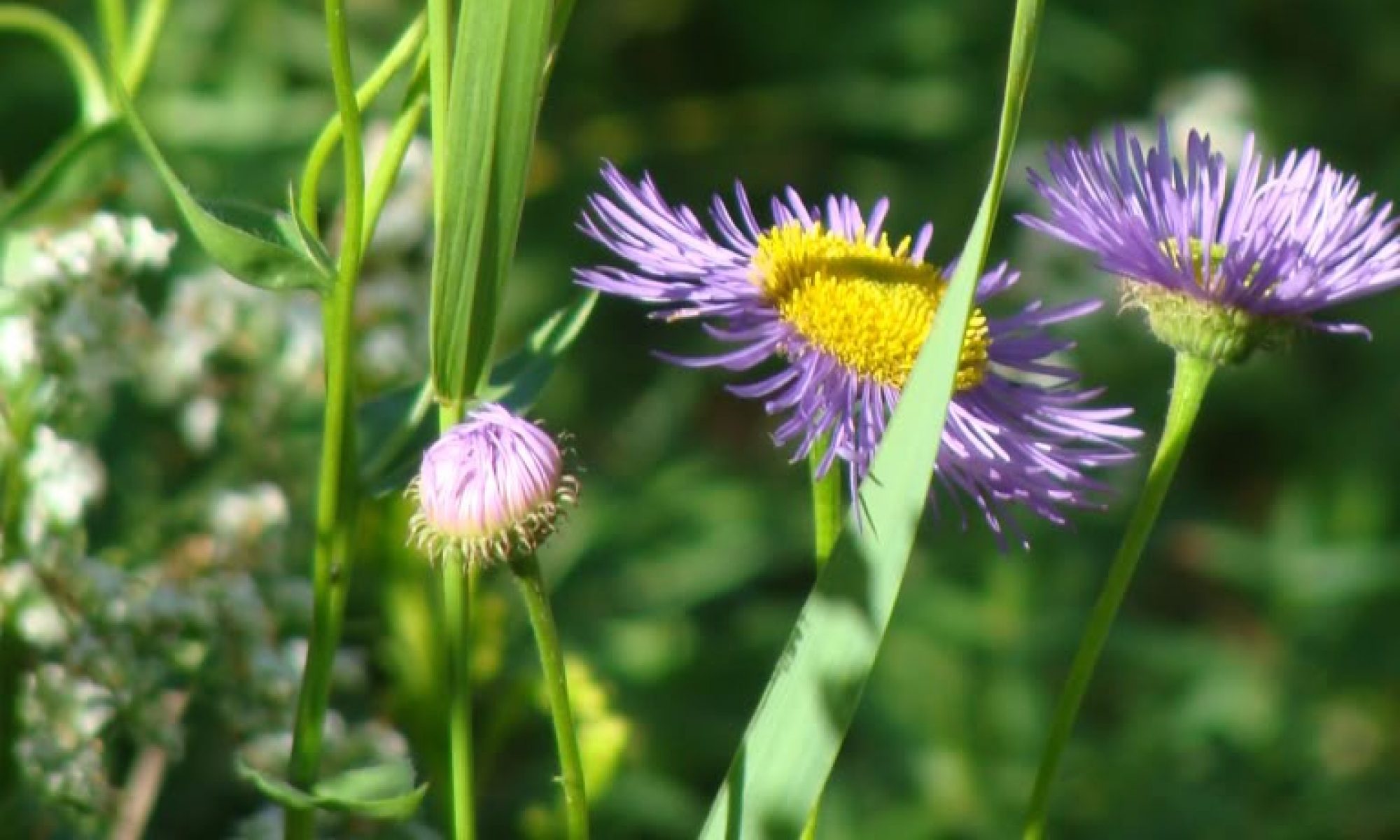We’re in the middle of March and in the middle of a hideous pandemic (coronavirus, COVID-19). Since we’re being advised to distance ourselves socially, the garden seems the perfect place to spend some time.
I have been reading more books, educating myself more on native plants and how best to landscape with them. Specifically, I finished The Living Landscape by Rick Darke and Doug Tallamy. The authors did a great job of describing the natural, layered way that plants grow in nature and how that could best be replicated in our yards and public spaces. Doug Tallamy brought a lot of his amazing biodiversity and food web findings into the book, as well. It was not telling people to only plant natives, but encouraging them to include them in natural-looking landscapes.
I’m currently in the middle of Gardening with Native Plants of the Pacific Northwest by Arthur Kruckeberg and Linda Chalker-Scott. This book is very useful for getting familiar with the flora of the Pacific Northwest and how it might be incorporated in local landscapes. The book does a great job of breaking down by family and by size the plants in our area. My one challenge with the book is that the descriptions of the plant ranges are too vague for me to determine if plants are Seattle natives or not. Luckily, there are other resources for that. Reading this book has charged up my enthusiasm for the beauty and diversity of the native flora we have available.
Today, I ventured out to do some spring cleaning. One of the new rules that I’ve adopted is to not see “clean” the same way in the garden–and life is so much simpler. To protect the possible bee babies or other insects hibernating in the pithy stems of perennials such as Echinops, Aster, and Verbesina. So, I carefully cut their stems back the ground and then cut them into six- to eight-inch lengths.
The second rule I followed today is that I just leave whatever I cut near to where I cut it. This was important for the bee babies, but also it just keeps natural resources where they belong. In nature, plants create their own mulch. So, rather than hauling the clippings away to compost, then hauling mulch in to suppress weeds and retain moisture, I just compost it in place and the plants and I are both happy! I am doing this with even large branches around the yard. It doesn’t take the smaller clippings around the perennials long to disappear under spring growth. The branches take longer, but I nestle them among shrubs and out of the way.

The native seeds I planted are starting to sprout! I have myriad Mimulus and several other types that are just getting started.



